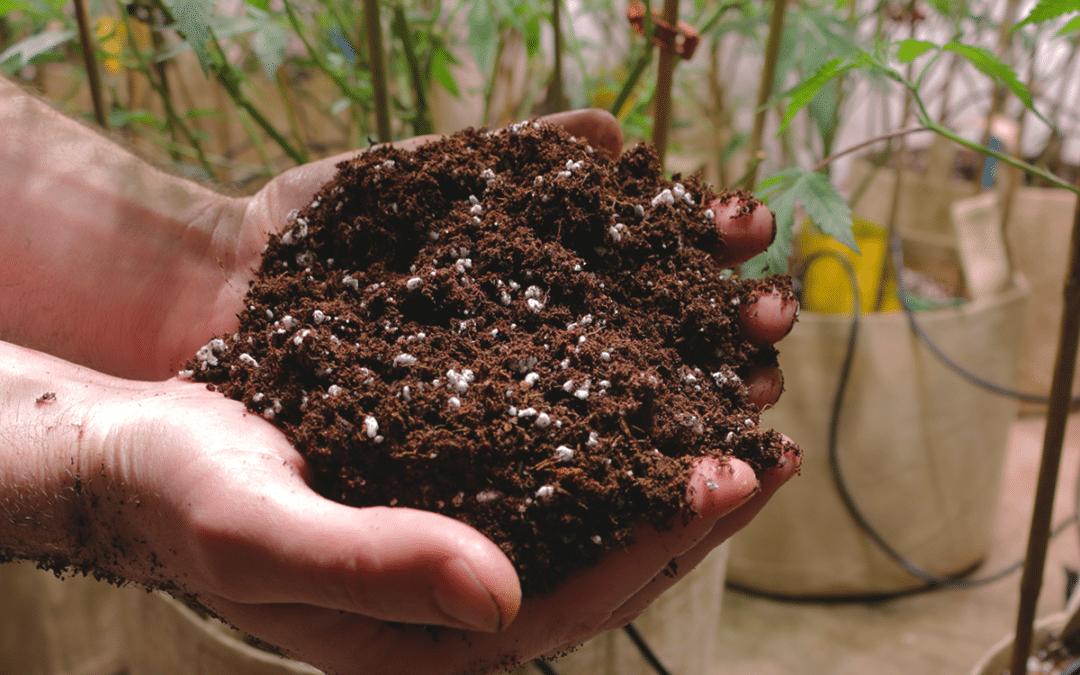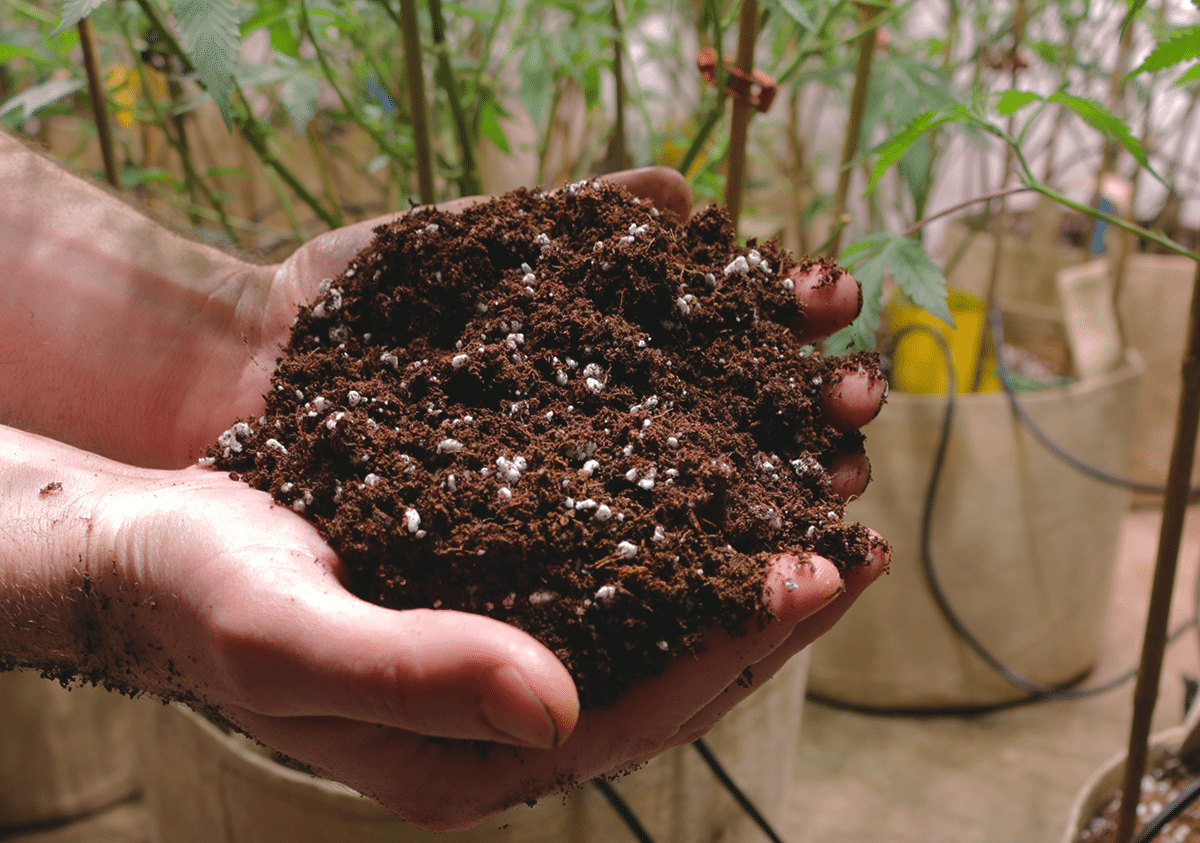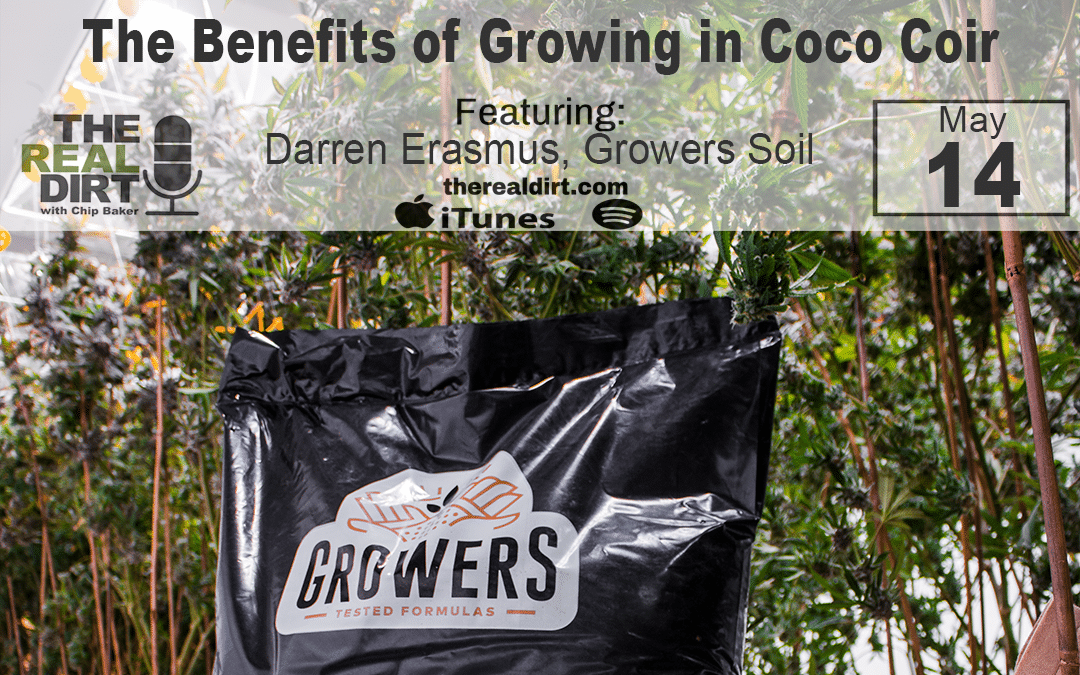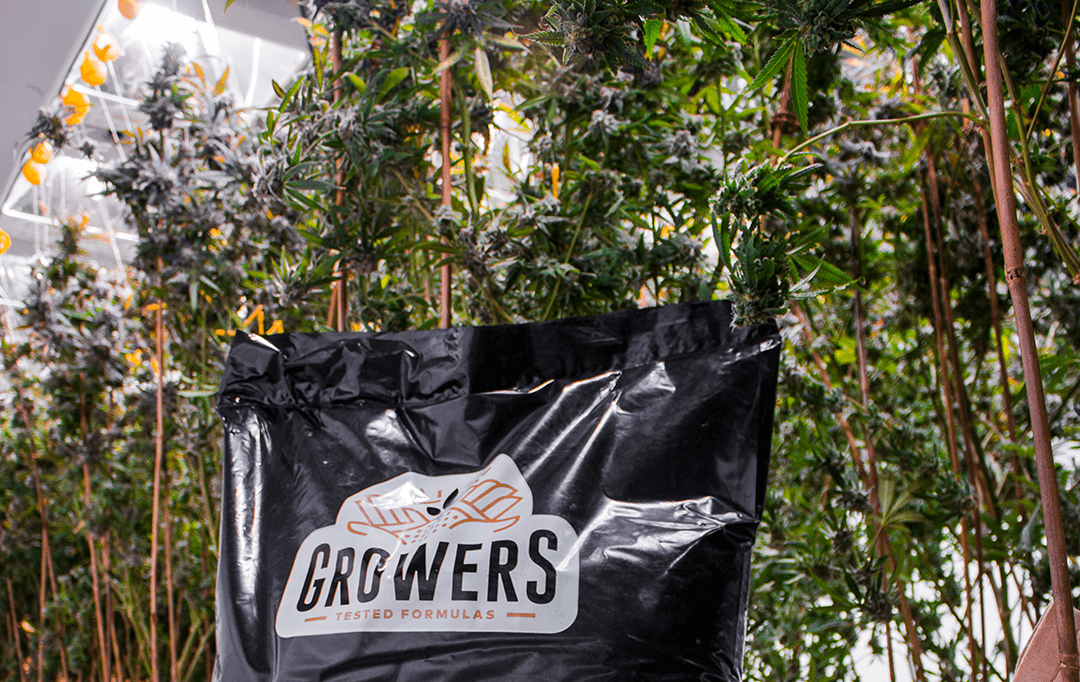
Top 4 Reasons to Grow in Coco

Coco coir is the medium you have been looking for. You just might not have known it.
It’s easy to just grab a bag of potting soil from your local grow shop and plant your cannabis plants in it. You’ll get results, they just might not be the results you were expecting.
The reality is, to grow better cannabis you need to be smarter about how you’re growing it. From the nutrients you use, to when you top your plants, to when you chop them down are all important factors. But a simple change you can make in your grow to boost your yields and quality is to just swap out your medium.
And there’s no better medium to add to your blend or as a standalone home for your plants than coco coir. Here’s the top 4 reasons you need to be using it in your grow.
Coco is Renewable
Coco coir is a byproduct. If it wasn’t for some genius discovering how great cannabis grew in it, that’s what it would have stayed. When coconuts are used for their husks and meat, in food to textiles mainly across Asia, coco coir is the loose stringy material that falls off during processing.
Instead of just throwing this byproduct out, it is recycled and batched into bags, then shipped across the world. Compared to other mediums that take hundreds, thousands, or even millions of years to collect its beneficial microorganisms and other decayed biological material, coconuts take much less time to mature.
The main source of coco coir comes from the Malaysian coconut tree, which has spread across most coasts around the world, making it the most available worldwide. After reaching full growth in 5-6 years, the coconut tree will continually produce coconuts for several more years.
While six years might seem like a long time to wait for some coconuts, it’s much faster than waiting for a peat bog to develop, and it’s much more environmentally friendly than mining for perlite and other media, considering just one coconut tree can produce over 150 coconuts in its lifetime.
Coco is pH Neutral
pH can be subtle, and also detrimental if ignored. Potting soils, peat and other organic media will either have a more basic or acidic pH based on what it contains. Because cannabis requires a specific pH acidity to grow, this has to be accounted for when you decide to use an organic medium and additional nutrients.
While it isn’t difficult to change you pH with some additives, you can avoid the hassle altogether by growing in coco. As a pH neutral medium, you have much more control over your plant’s environment. It is also easier to manage your feedings without having to account for rapid pH changes that could shock your plants.
It’s Great for Holding Moisture
Because of coco’s lightweight but still-absorbent nature, it can hold water extremely well while still maintaining its great aeration and drainage abilities. If you want to feed your plants more often while still ensuring your plants are getting as much as possible without overfeeding, coco is a great option.
When combined with other additional media like peat and perlite, you can create a high aerated blend that can still hold moisture. Or simply add coco into whatever soil blend you are using now to add some extra aeration, plus the final benefits of coco; its nutrient content.
Full of Nutrients
Think of a coconut like a giant seed. The way coconuts spread across the globe was by falling off of their tress and rolling into the ocean. After landing on a foreign beach the coconuts would shed their outer material through the journey and eventually result in the sprouting of a new tree.
The same organic, nutrient rich material that the coconut produces to sprout new trees is also in coco coir. By adding coco coir to your soil mix you get additional nutrients rich in hormones and bio-stimulants that encourage more growth. Compared to peat which is also full of nutrients, other than the obvious renewability benefits of coco, it also much stronger of a material. In fact, coco coir resists compacting and breakage to the point that it can last three-times longer than peat.
If you aren’t convinced that coco is at least a medium you need to try, then there just might be no convincing you. However if you’re already growing with coco, we’re just preaching to the choir because you know how great it is. For those of you hesitant to try it, check out this full Real Dirt Episode that takes a deep dive into everything coco.
And if you’re ready to try a bag of awesome coco-ey goodness, check out the High Porosity Blend from Growers Soil, The Real Dirt’s favorite soil blend.








